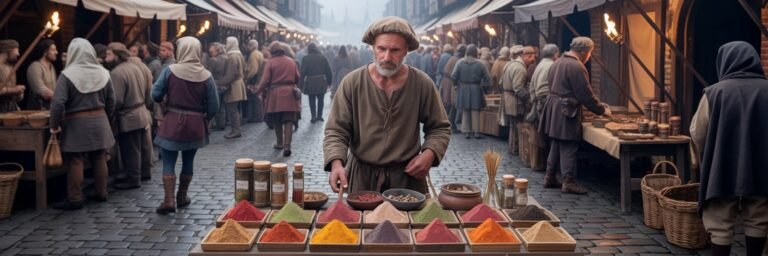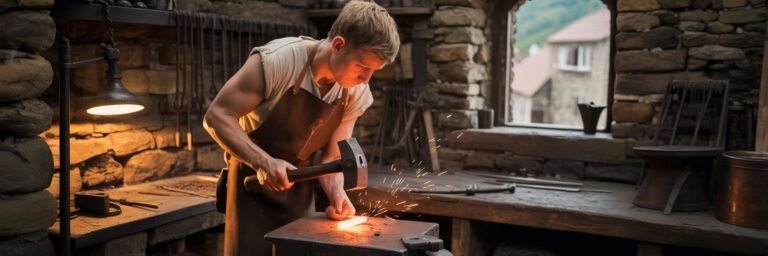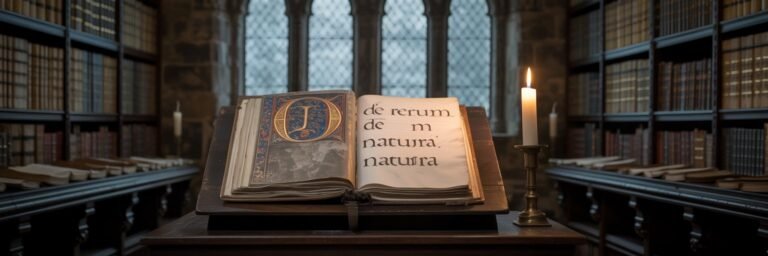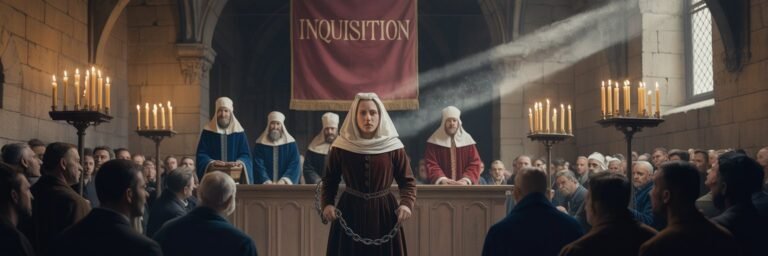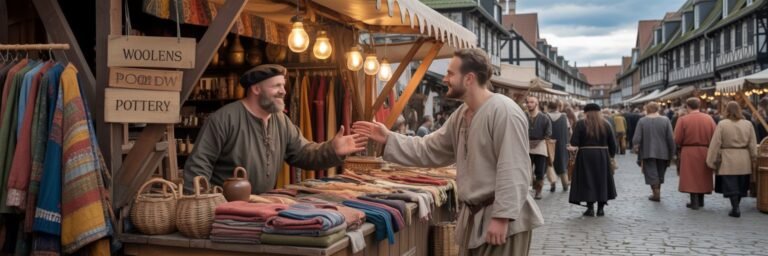INTRODUCTION
Medieval Europe, from approximately 500-1500 AD, was a period marked by the evolution of kingdoms, the emergence of cultural traditions, and the consolidation of religious practices. Religion was the keystone of life during this era, governing not only the spiritual perspectives but also shaping the sociopolitical fabric. Detailed understanding of medieval religious rituals provides us a nuanced perspective on the intricate tapestry of human history.
HISTORICAL BACKGROUND
Christianity held an indomitable sway over the medieval mind, influencing every aspect of people’s lives, from birth through death and even extending to the afterlife. Originating in the heartlands of Rome and Jerusalem, it gradually unfurled across the European continent driven by the relentless force of missionaries and armies. By the time of the Middle Ages, it had firmly taken root, permeating cultures, economies, and even political systems.
Murky waters of history reveal that at the height of Rome, an array of religious practices was prevalent. From Celtic paganism in Britain and Gaul, the Norse paganism in Scandinavia, to the pantheon of gods in Rome, such diverse beliefs were eventually overshadowed and supplanted by Christianity. Two vital historical events marked this change: the Conversion of Constantine in 312 AD and, in the subsequent century, the Theodosian decrees, which augmented Christianity’s status to the state religion, consecrating its dominance over earlier pagan practices.
THEORIES AND INTERPRETATIONS
Mainstream historians attribute the conversion of Europe to Christianity to the efforts of missionaries such as St. Patrick in Ireland and St. Augustine in England. Their narratives vividly portray their evangelistic endeavours – sermons, miracles, and baptisms – that eventually reformed the polytheistic societies into monotheistic Christian lands.
However, other theories suggest that the Christianisation of Europe was more of a complex, organic process than a straightforward displacement of pagan gods by a Christian deity. It’s argued that the new Christian rituals evolved from the older traditions. For instance, archaeologist Neil Price theorises that the Norse symbology of the Yggdrasil tree was transfused into the Christian cross, while the Roman Saturnalia was transformed into Christmas.
MYSTERIES AND CONTROVERSIES
The Middle Ages witnessed the rise of many esoteric religious orders such as the Knights Templar and the Cathars. These groups, with their own interpretations of Christian doctrine, often stood at odds with the papacy and sparked controversies. They were regarded as heretical and several were subsequently persecuted by the Church.
One controversial ritual that modern historians often probe is the Holy Grail. Originating from the Arthurian mythos, the grail, believed to have been used by Christ during the Last Supper, symbolised a divine quest for spiritual enlightenment. Yet, historical accounts vary, and interpretations range from the grail being a real object to purely allegorical.
SYMBOLISM AND CULTURAL SIGNIFICANCE
Medieval Christian rituals were steeped in symbolism. The Eucharist, the central rite of the Christian liturgy, constitutes a symbolic reenactment of the Last Supper, where bread and wine are transfigured into the Body and Blood of Christ. This offered spiritual sustenance to believers, marking their Union with Christ.
Other significant rituals included baptism, confession, and last rites. Each of them symbolised a profound stage of the human journey – birth, penance for sins, and the final journey to the afterlife. These rituals, while metaphysical in nature, also reinforced societal structures, moral codes, and public order.
MODERN INVESTIGATIONS
In recent years, there has been a surge of interest in studying the religious practices of the Middle Ages, from archaeologists excavating ruined abbeys to symbolic anthropologists studying ritualistic objects. Novel technologies like spectrographic analysis and carbon dating have shed light on relics, revealing deeper insights into religious practices.
Furthermore, historians have succeeded in decoding aspects of ritualistic practices in the medieval period by evaluating ecclesiastical records, chronicles, holy texts, and folk tales. Yet, as with all historical explorations, these studies often raise more questions than they answer, stirring unending debates in academic circles.
LEGACY AND CONCLUSION
The legacy of religious practices and rituals in medieval Europe is far reaching. They set the stage for the social order, culture, and key institutions that would dominate Europe for centuries. Today, these rituals persist in modern forms within the Christian tradition, connecting believers across time and space.
Yet, the Middle Ages are not a distant, closed chapter of history. Their echoes reverberate in our society today, in art, culture, and even law. Separating facts from folklore in the tapestry of history continues to be a thrilling journey. The more we delve into the medieval times, the more we understand our place in the universe, unfurling the grand narrative of human history.

